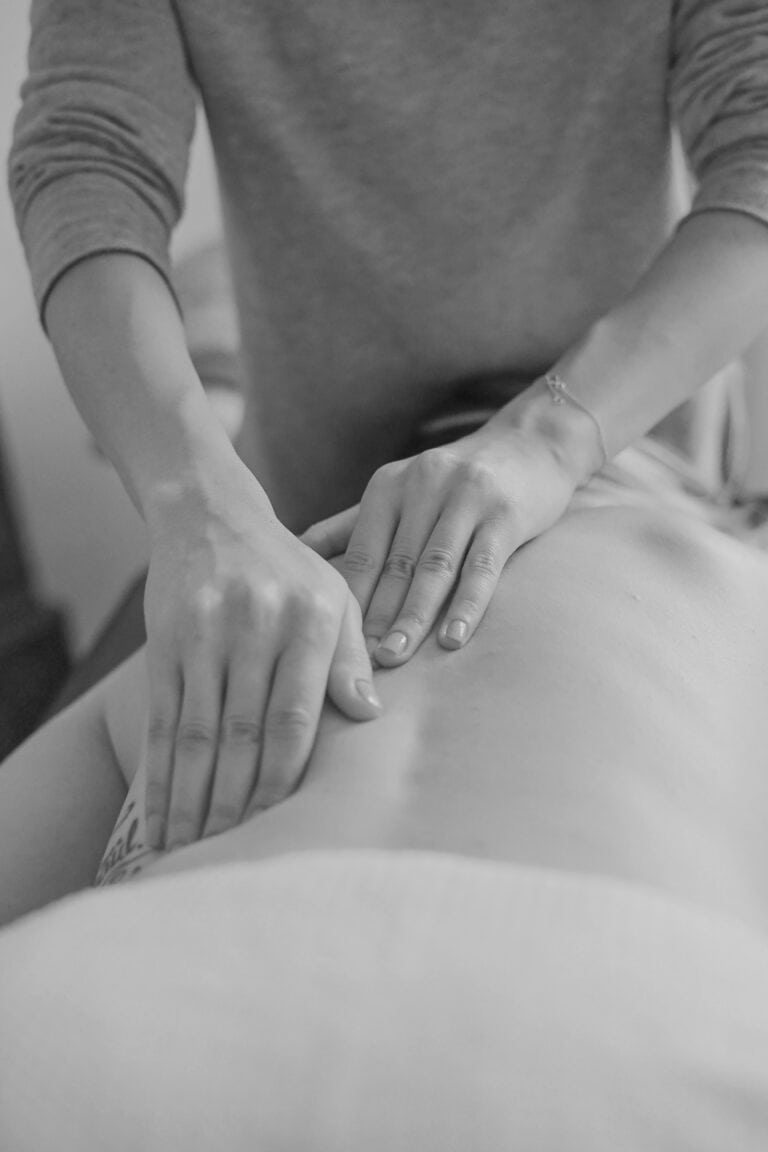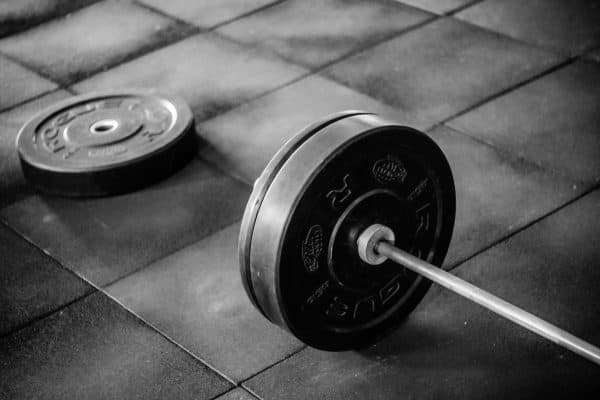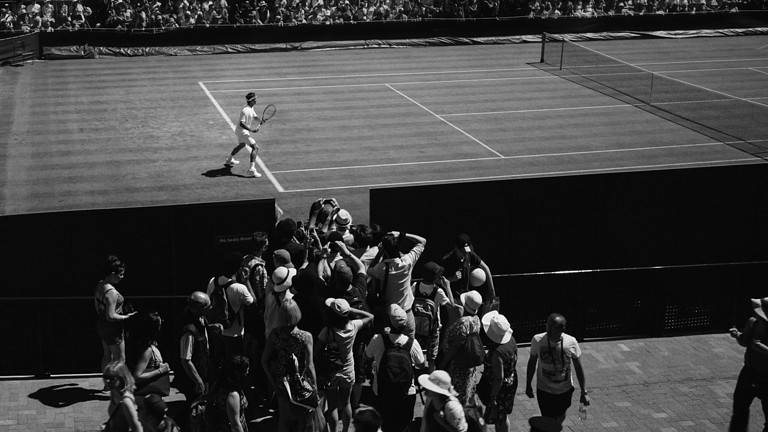To ice or not to ice? That is the question…
Since the dawn of time (or at least since 1978 when Dr Gabe Mirkin coined the acronym RICE, advocating the use of ice to reduce swelling and inflammation in the acute stage of injury management), we have been earnestly icing all of our acute injuries in the hope and expectation that we can reduce the recovery time. The rationale behind this is that by cooling the injured area, there is resultant reduced blood flow and limitation of inflammation and swelling leading to fast and improved tissue healing.
But some questions have been raised more than once over the past decade…
- Why are we icing if inflammation is part of the body’s natural healing process?
- Should we ice if there is no specific injury, just general soreness?
- Is icing doing what we think it’s doing?
- How long should we ice an injury for?
- Is there a role for anti-inflammatories in the healing process?
First, some basic physiology
When a musculoskeletal injury occurs, our body will usually send inflammation to the area as part of the normal healing process. In fact, this inflammatory process is vital for healing. It is part of a cascade of events including increased blood flow, increased oxygenation, production of hormones (neutrophils and macrophages) that clean up the area and remove damaged tissue and trigger a proliferative phase leading to the regeneration of new tissue via collagen deposits.
On current evidence, if we completely inhibit the inflammatory process, we will reduce the strength of healing. This has been proven in clinical trials with non-steroidal anti-inflammatories, so is the same true of icing?
So should we ice or should we not???
Our body, in all its efforts to deal with injury, usually sends more inflammation than what is typically required – this can cause damage to neighbouring tissue.
By icing, we will reduce the likelihood of an uncontrolled inflammatory response (excessive swelling) and pain. By icing an injured area, we decrease pain by reducing nociceptive input – in other words, we slow down the pain message to the brain. We can also reduce the amount of swelling, thus reducing insult to surrounding tissue.
So icing can help to reduce the inflammation without completely stopping it
This natural, non-medicated form or analgesia then allows for optimal loading of the injured area. Optimal loading, via mechanotransduction, is likely to cause optimal healing of the injured area. If we allow excessive swelling and pain (i.e. if we don’t apply ice) then we are less likely to be able to optimally load the tissue, and thus less likely to stimulate a good healing response.
Unfortunately, we still don’t have a clear answer as to how long we should apply ice
It depends on the depth of tissue, and surrounding fat layers. The deeper the target tissue, the longer the ice requirement (30 mins or more for tissue more than 3cm deep). If the tissue is superficial, like an ankle sprain, 10-15 minutes should suffice. And the ice should be applied every two waking hours.
In summary, icing is not the enemy of tissue healing
Nor is inflammation. The advice that we give our patients should encompass the idea that a controlled inflammatory response is good for tissue healing, as is early, protected loading of tissue.
Until further research is completed, we should continue to be guided by these basic sciences and clinical experience.







